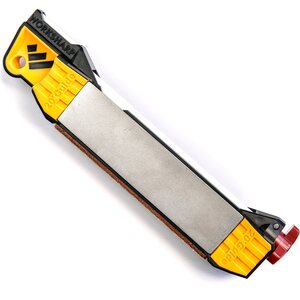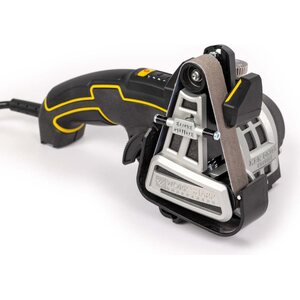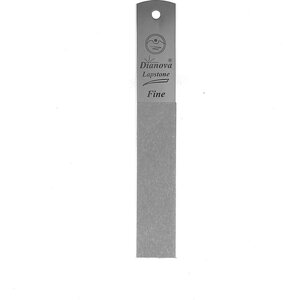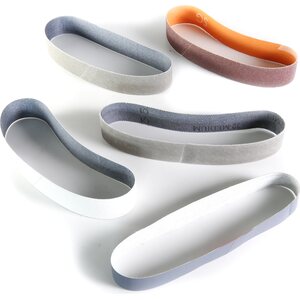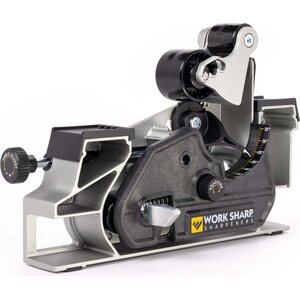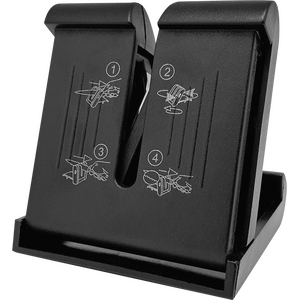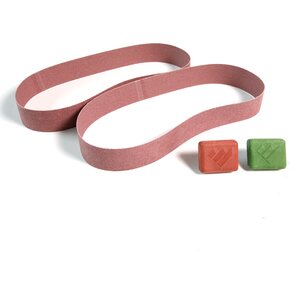(71,97 €, mva. 0)
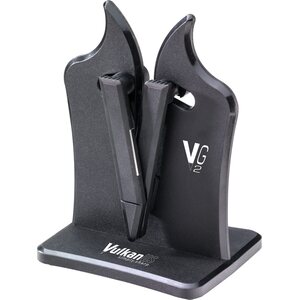
Maintenance of the blades of knifes and axes are important in order of their efficient operation, longevity and safe use.
Below you will find simple instructions on how to maintain and care for the blades of knives and axes:
Clean regularly and dry: After using the knife, clean the blade from all dirt, (and rust if there is any) and other residues. Use a soft brush or cloth for this purpose. Dry carefully after washing. Make sure the knife blade is completely dry before putting it back in the sheath and putting it aside for storage. Moisture left on the blade can cause rusting during storage.
> It is not recommended to clean knives and knives in the dishwasher. They tend to wobble so during the wash so they may get unnecessarily damaged in this mechanical mixer.
Blade protection: the use of a sheath improves safety when the knife is not in use. Don't leave your valuable tool lying around without a sheath, so that you can keep the blade protected and of course prevent potential hazardous situations from occurring and possible damage to the blade.
Oil the blade: From time to time you can apply a thin layer of rust protection to the surface of the blade to keep it rust free. Either use an oil intended for a specific purpose - also basic cooking oil (without salt!) is a very good substance for steel. By the way, it's supergood stuff for removing rust.
Sharpening the blade: When you notice that the knife blade is dull, sharpen it with a sharpening knife or a whetstone. Follow the manufacturer's instructions and practice sharpening regularly. YouTube is full of good tutorials that you can study while practising. If sharpening is a completely new thing, then it is worth practicing with a special knife that you reserved for training. If the blade has turned out to be a shape of a wave, try to get the blade centered again in its original shape.
Clean and dry: Clean the axe blade carefully by removing dirt and wood splinters/pieces and other possible goo stucked on the blade. After cleaning, make sure the blade is completely dry to prevent it from rusting.
Blade protection: Use a protective sheath, case, or other protection that came with the axe to keep the blade safe and prevent accidents.
Oil the blade: Apply a thin layer of anti-rust (or regular cooking oil) to the surface of the blade regularly to keep it rust-free.
Sharpening: An axe blade can become dull when used to chop wood. Sometimes the blade of the axe may also hit something hard, which makes a dent in the blade of the axe. Sharpen the blade with a sharpening stone or axe sharpener from time to time. Watch the angle and try to keep it flat when sharpening.
Damage Repair: If you notice that the axe blade has major damage or splits, have it inspected and repaired by a professional. Professionals have tougher sharpening tools (and the know-how) to get the blade back to its original condition.
In general, it is important to ensure that the blades of tools remain sharp and in good condition: sharp tools are safer and more efficient to use. In addition, the tools will last longer, which saves money, effort and possibly fingers.
> Always remember to follow safety instructions when working with knives and axes and practice your sharpening skills and maintenance patiently to become a master!

